Excerpts 2006 - 2019
This page contains excerpts of blog posts relating to “made” stuff from the 2006-2019 archives.
Wi-Fi Nixie Clock⌗
February 24th, 2018. How cool is it to be able to ssh to your Nixie clock via wi-fi ? The answer is that it is really cool. You can even run gcc on this clock and turn it into something else than a clock :)
I plan on making a limited run of these and make them available in kit form. Including tubes, high voltage supply, PCB, Raspberry Pi Zero W, and all the components you will need in order to build your own Nixie clock.
Laser cut supergun⌗
If you love arcade games, but don’t have the space or budget for a full sized arcade cabinet, a supergun together with a few arcade PCBs will satisfy most retrogaming needs.
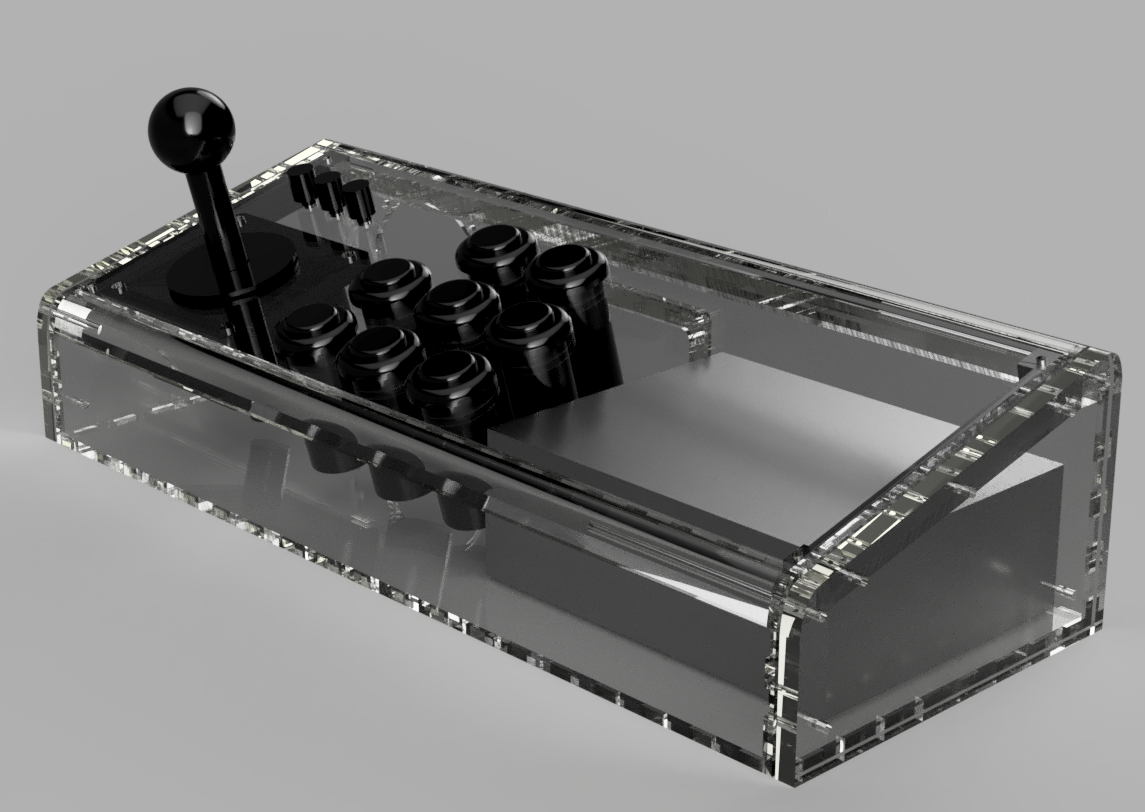
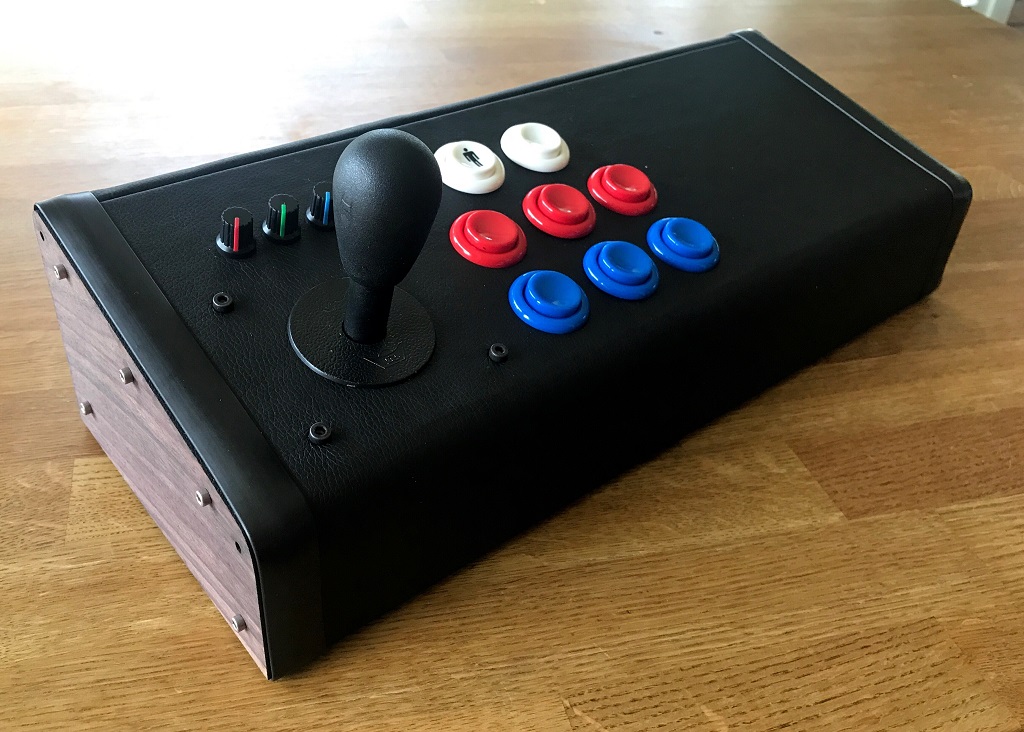
September 11th, 2017
Laser cut Wimshurst Machine⌗
Hackheim finally managed to fund a wimshurst generator cutting machine (laser cutter). With the date for Trondheim Maker Faire closing in, I decided to give it a spin.

IN-2 module prototypes⌗
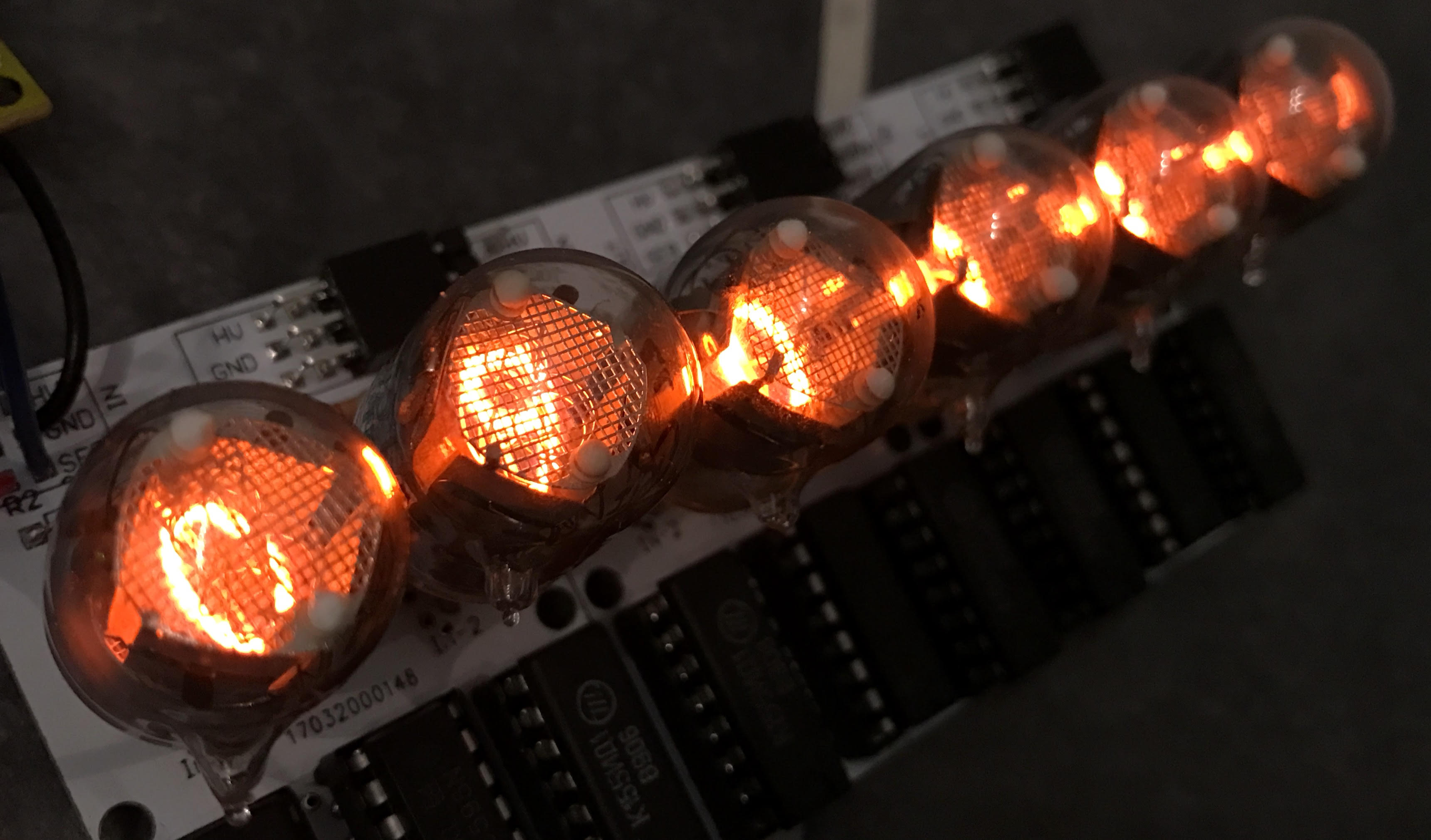
Scaling up⌗
Not quite happy with the first iteration, I decided to make a new version of the Götterdämmerung. This time, I published everything on GitHub. I was quite flattered when I recevied an email from Max Nijpels, who had actually attempted my build. Not only that, but he had built it bigger and also improved upon the one part that I still wasn’t quite happy with. Namely the Z-axis drive.
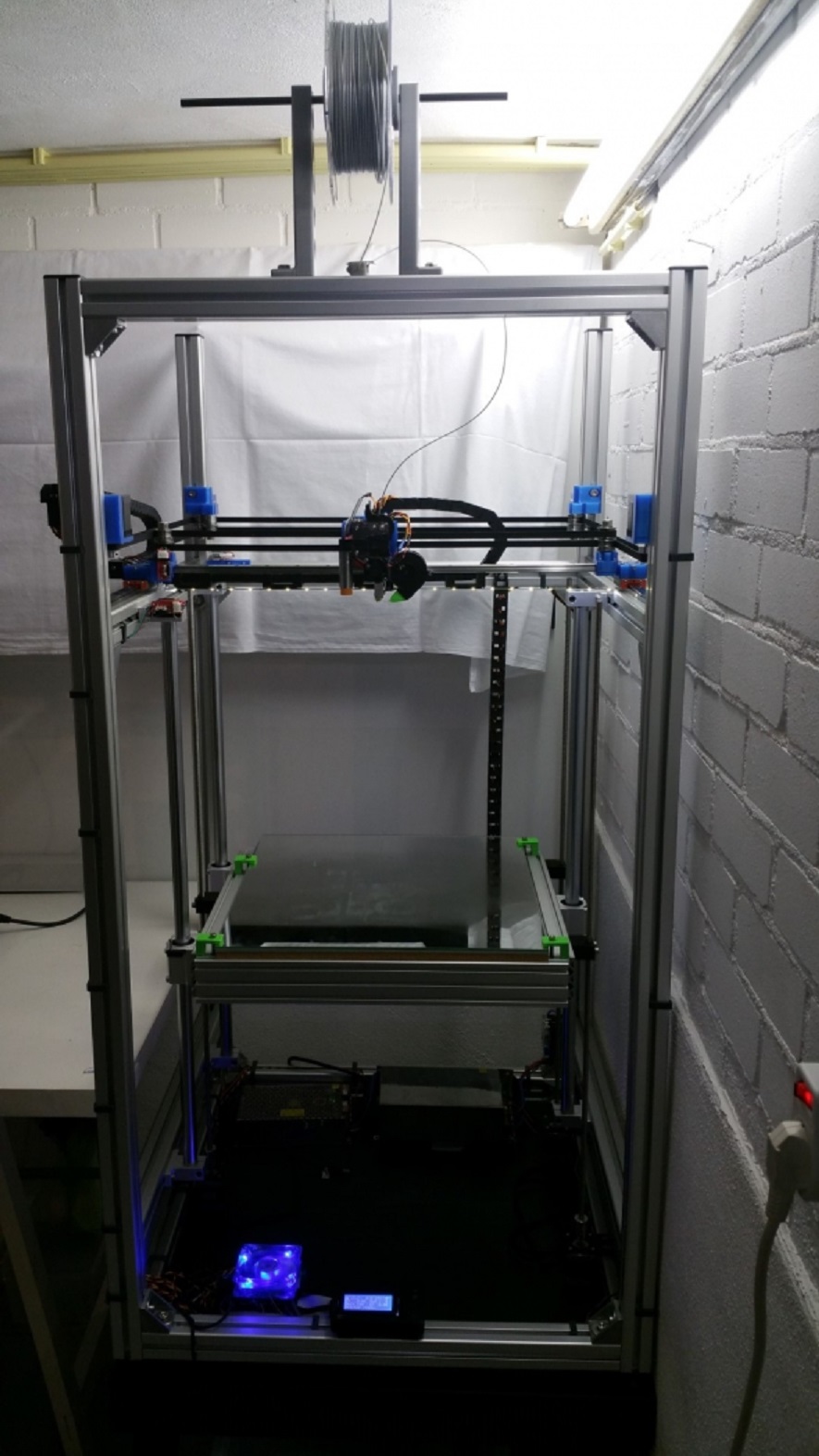

A world first ?⌗
The BBC micro:bit was released on January 1st 2016. I decided to get my hand on one (ok, I nicked it from a stash of micro:bits at work) and see how far you could push the hardware. Turned out you could push it pretty far, but in the end, I had to interface an external gyro to get my balance bot working.
I guess that stepper motors aren’t quite ideal for this purpose, but I used what I already had lying around, together with some 3D printed parts to hold everything together.
Game room⌗
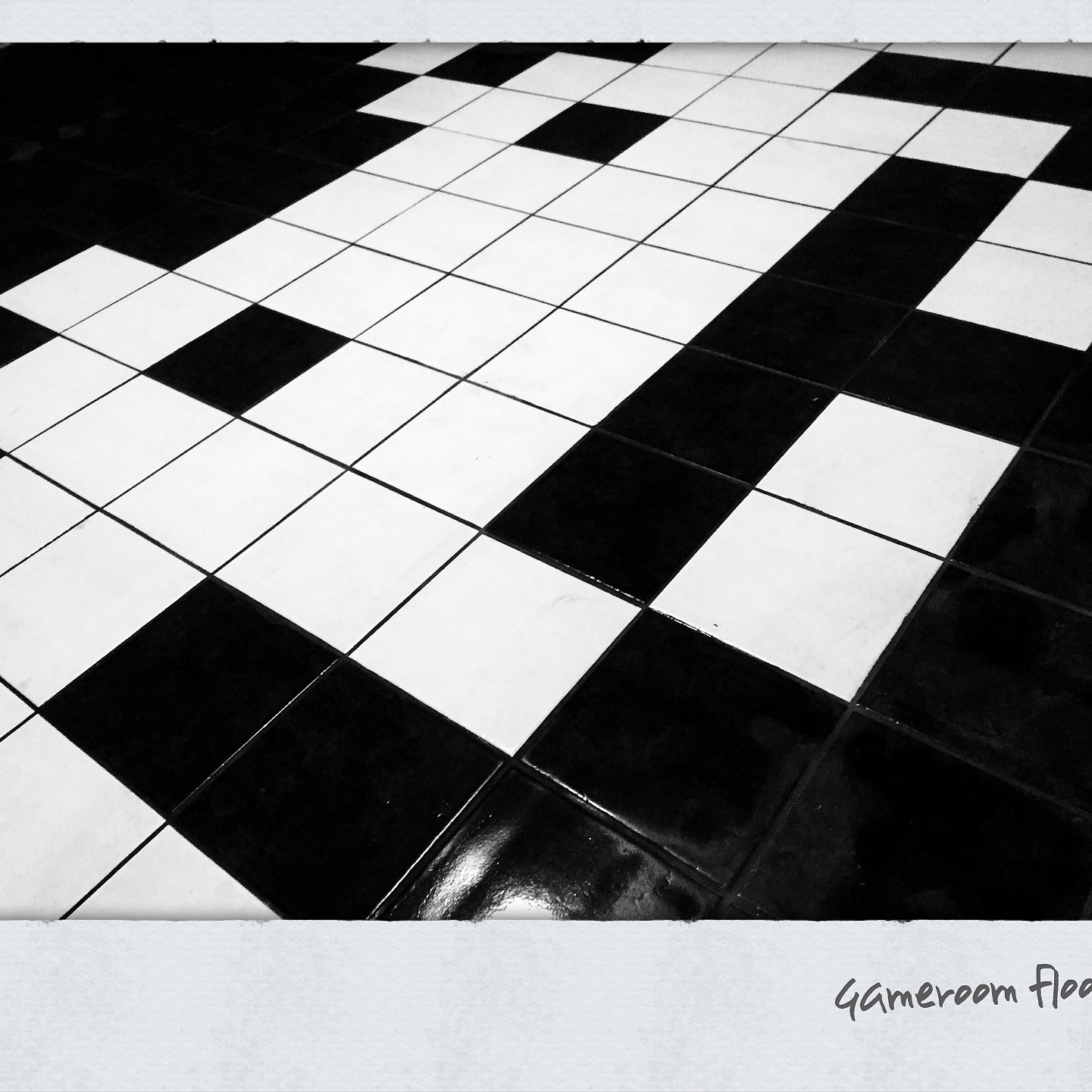
Another test print⌗
Behold: The Mobile Beer Platform! (Another solution to the Theo Jansen linkage)
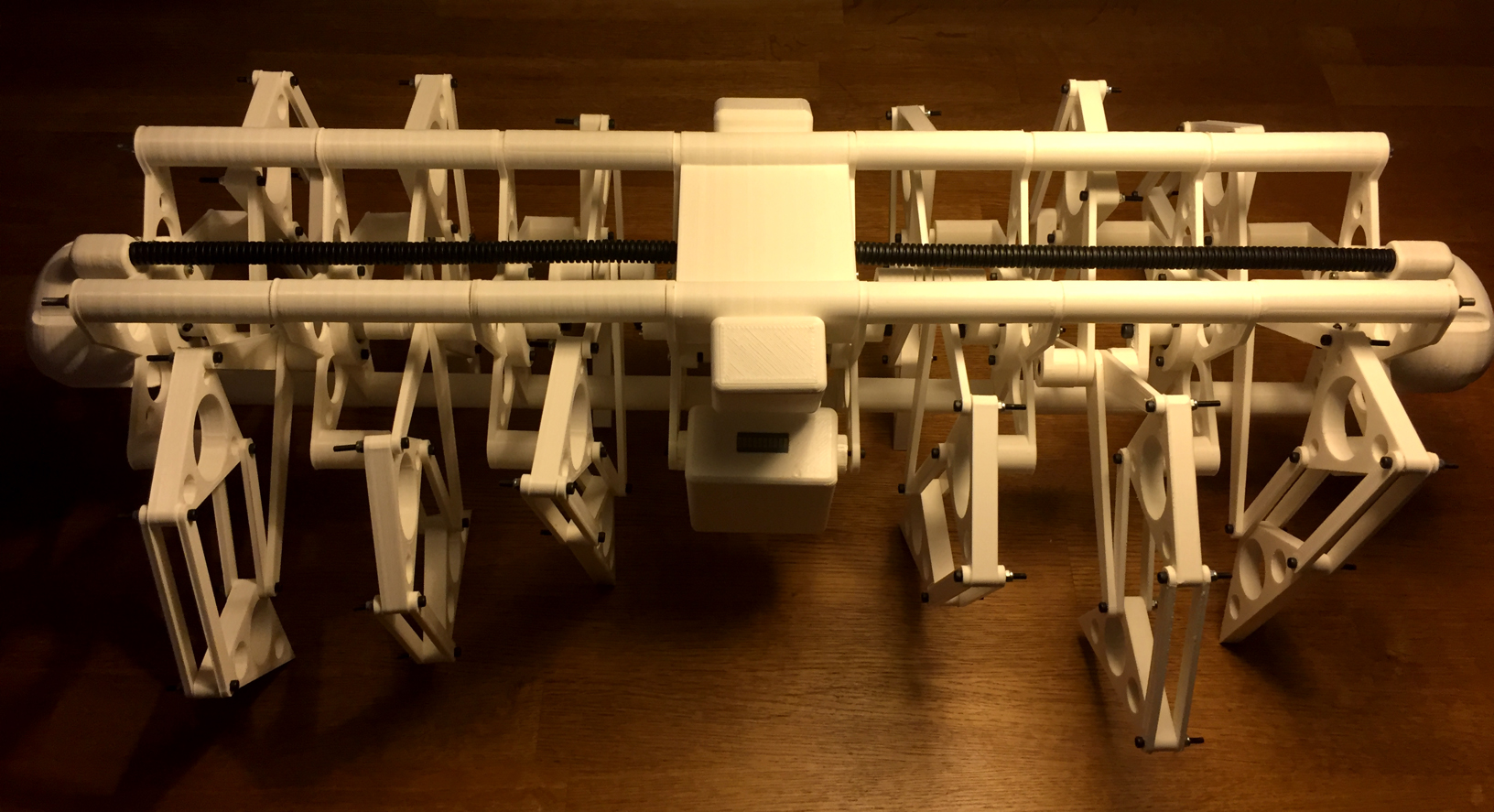
Startup⌗
The mission: Revive pinball in Trondheim. I recevied a request for pinball machines from a near perfect location and decided to give it a go together with cofounder Øyvind Møll. PopBumper AS was born and we are still in business :)
We’re currently operating 12 pinball machines at Work-Work in Trondheim.
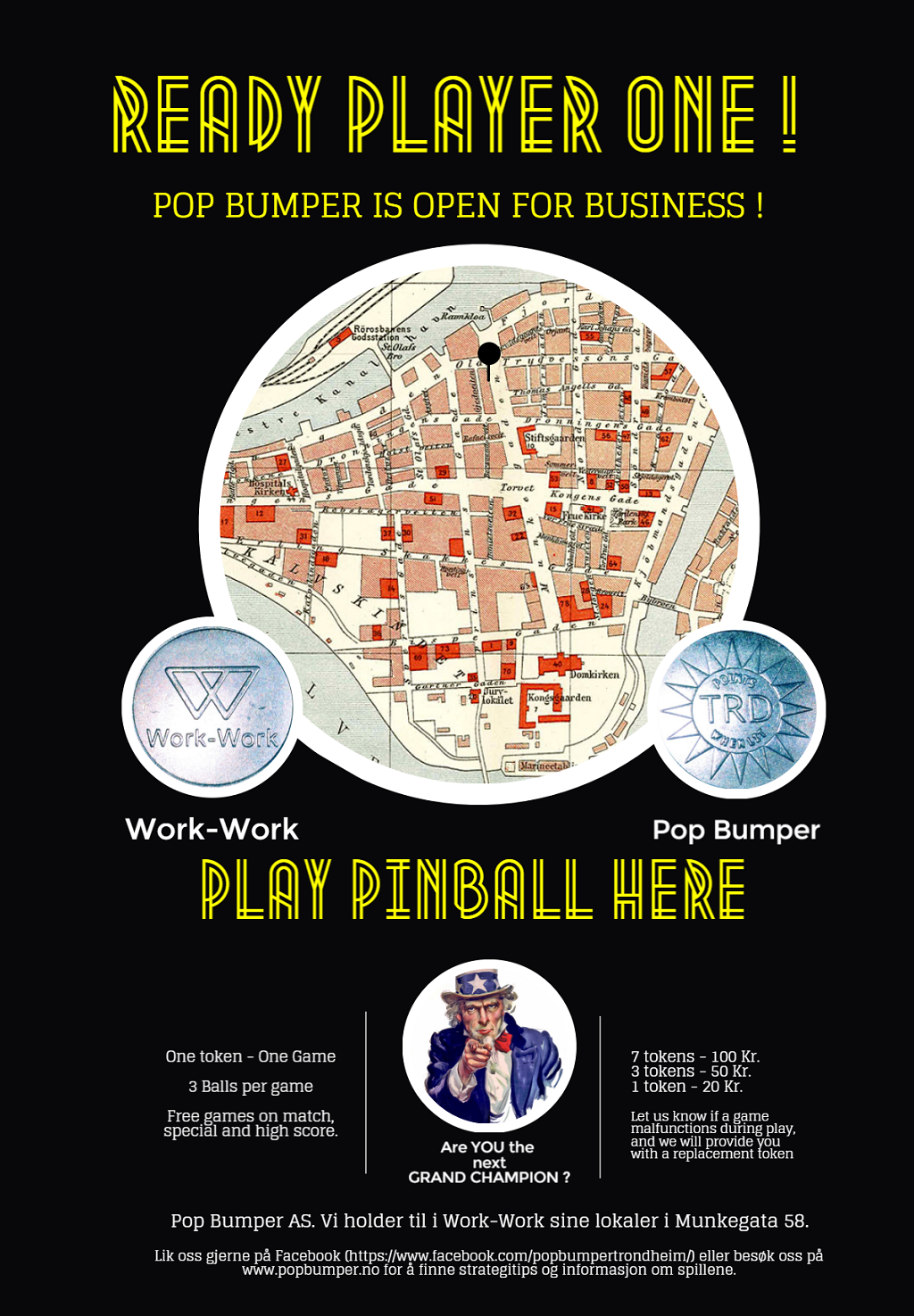
Generative jewellery⌗
I have been fascinated by generative designs since I first read “Evolutionary Art and Computers”, by Stephen Todd and William Latham. I decided to give it a try :)
I even got a call from a freelance journalist looking for material for Make Magazine, asking for high resolution photographs of this pendant, but it never appeared in the print edition.
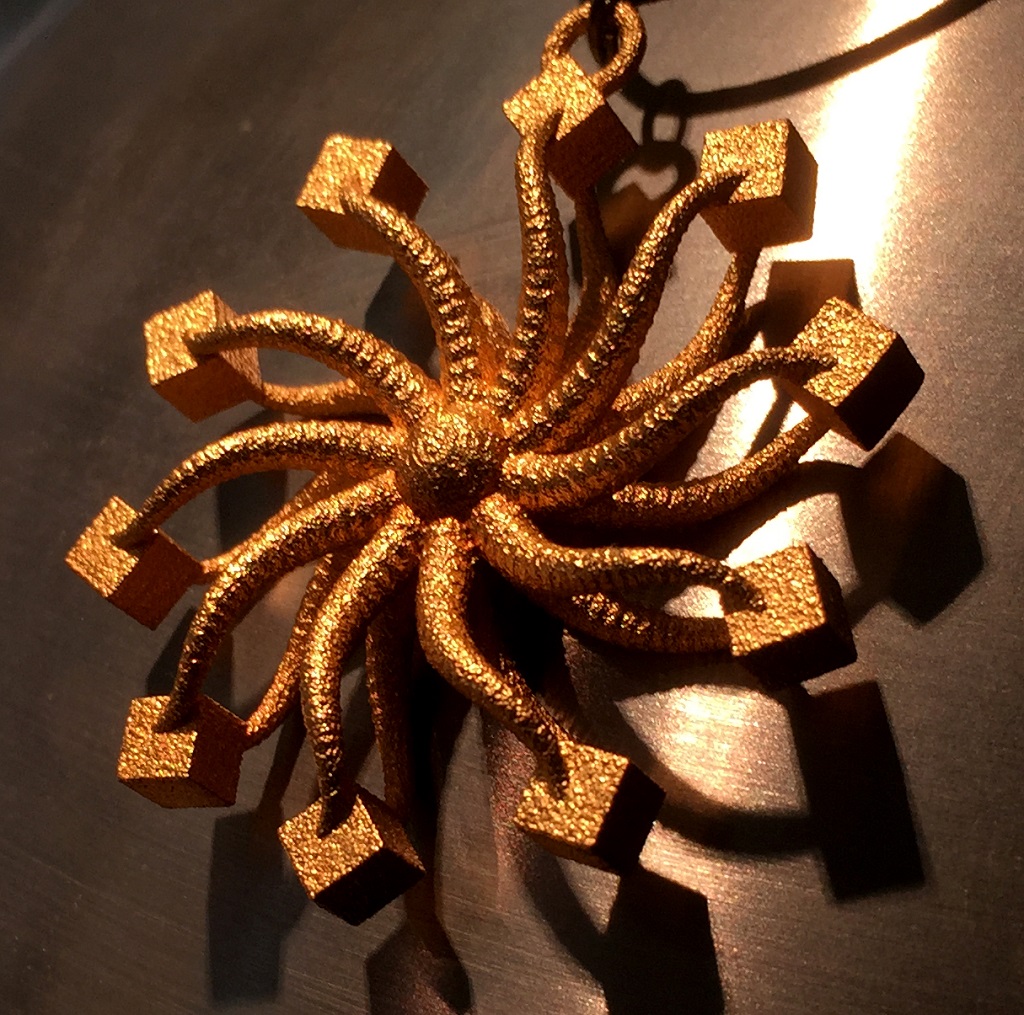
City Beest⌗
At the time, I was really proud of having made this thing, the machine that made it and the code that calculated the linkage parameters.
However - it landed me in a world of pain when people wanted to see it live. The beest walked and the sensors functioned decently in a quiet indoor environment on a flat surface, but the sensor crapped out in noisy environments. The legs locked up if even a single one of the hundreds of nuts were too tight, and the battery pack (consisting of subjectively a gazillion NiMH cells) lasted 10 minutes on a good day - before requiring hours of recharge.
Still, it won me a trip to the Rome Maker Faire - which was quite an experience.
The beest is now retired and spends its days in a cage at the makerspace at the Norwegian Museum of Science and Technology. I just hope that they let it out once in a while and that the kids enjoy it :)
Narcissistic tendencies 2.0⌗

Ornithopters⌗
After having watched more than a few videos of japanese ornithopters, I decided to attempt a 3D printed version of an ornithopter. I quickly learned that PLA plastic is way to heavy for this type of design, but it was a fun attempt.
Götterdämmerung “Test print”⌗
This was printed in order to demonstrate the capabilities of the Götterdämmerung 3D Printer. It’s big. Really, really big. It is also my entry for Trondheim Maker Faire 2015



Theo Jansen’s Linkage⌗
I decided to find out if I could find other solutions to the famous Theo Jansen linkage. This was a really nice excuse to finally implement a genetic algorithm - a few decades after they went out of fashion…
Cigars⌗
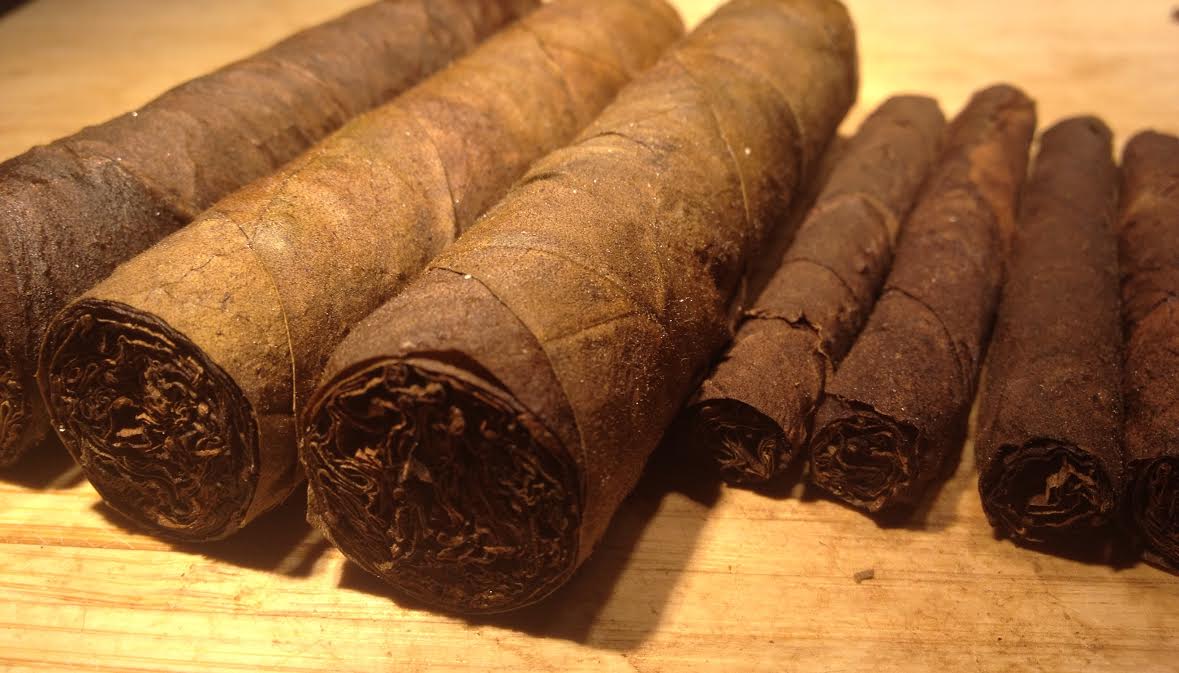
Pumpkinhead 5.0⌗

Götterdämmerung⌗
June 28th, 2014. This was my first attempt at designing a 3D printer from scratch. It’s harder than you think :)
Cavendish⌗
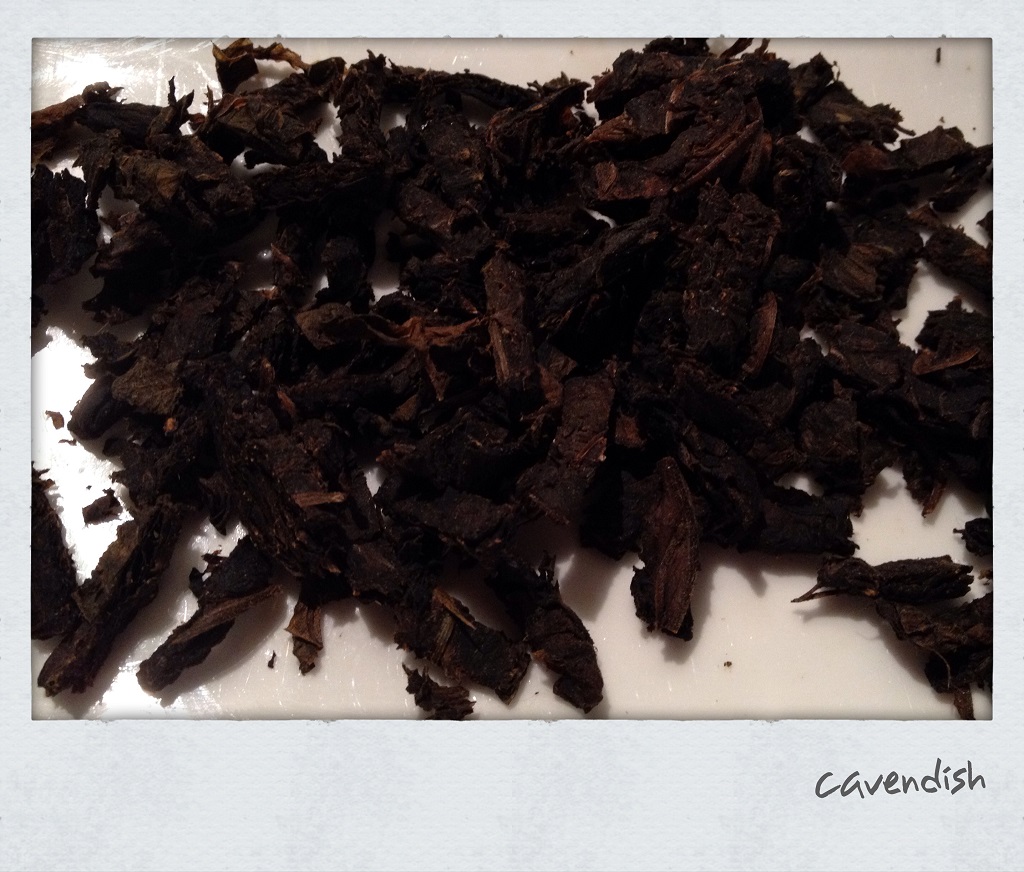
Funhouse plafyield swap⌗
January 26th, 2014. I paid the quivalent of 300 USD for my Funhouse pinball machine at an estate sale many years ago. This was ridiculously cheap, but on the other hand, the machine had seen better days. It was dirty. The playfield had lots of wear and the cabinet paint was chipped. The machine was complete, but it really needed a new playfield. Fortunately, the guys over at Illinois Pinball Company had plans to make repro playfields for Funhouse. A local distributor called me up (knowing that I had a Funhouse) and asked me if I was willing to strip down my playfield and send it off to the IPB, in order for them to use it to calibrate their CNC equipment. I agreed - and received a factory fresh playfield in return - free of charge - a few years later.)
Reassembly was nerve-racking. The playfield wasn’t dimpled from the factory, so I had to drill it myself. One wrong move and I would have ruined a 1000 USD playfield.
Snus⌗
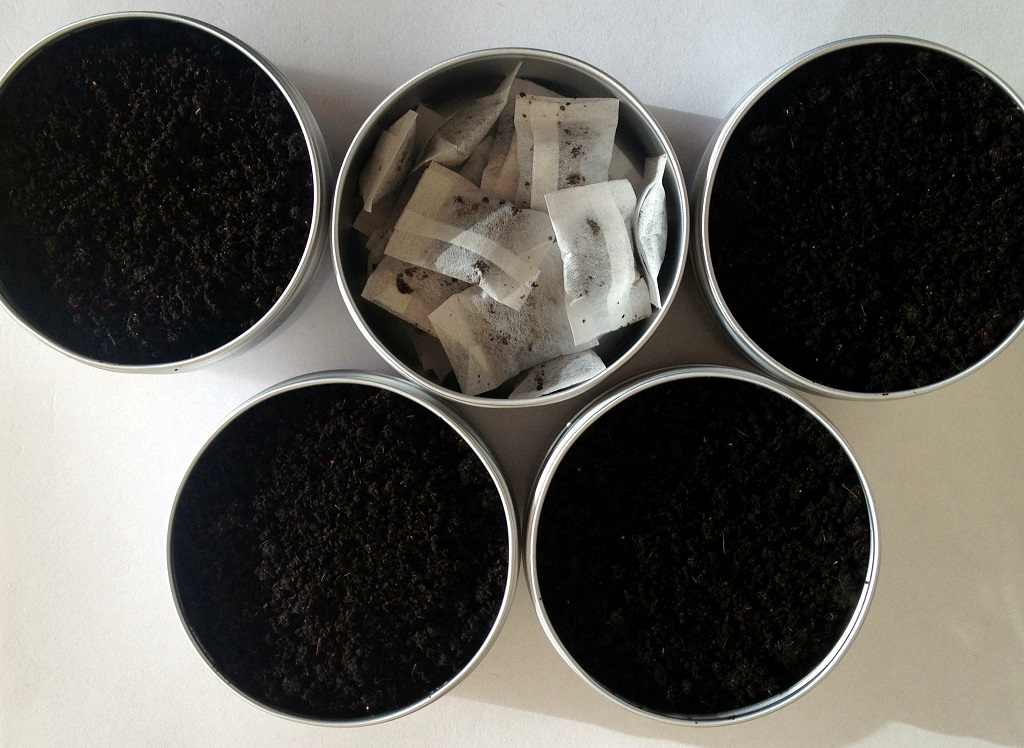
Narcissistic tendencies⌗

Piratebox⌗
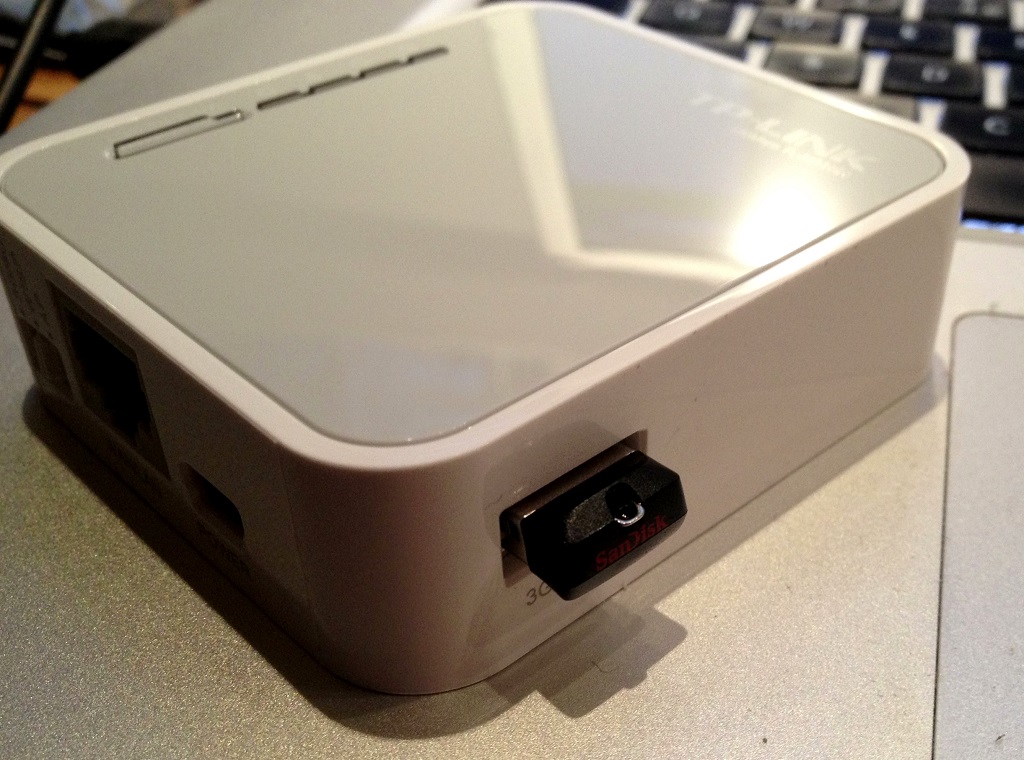
Addicted⌗

Spar 7 (Pajazzo) replacement board⌗
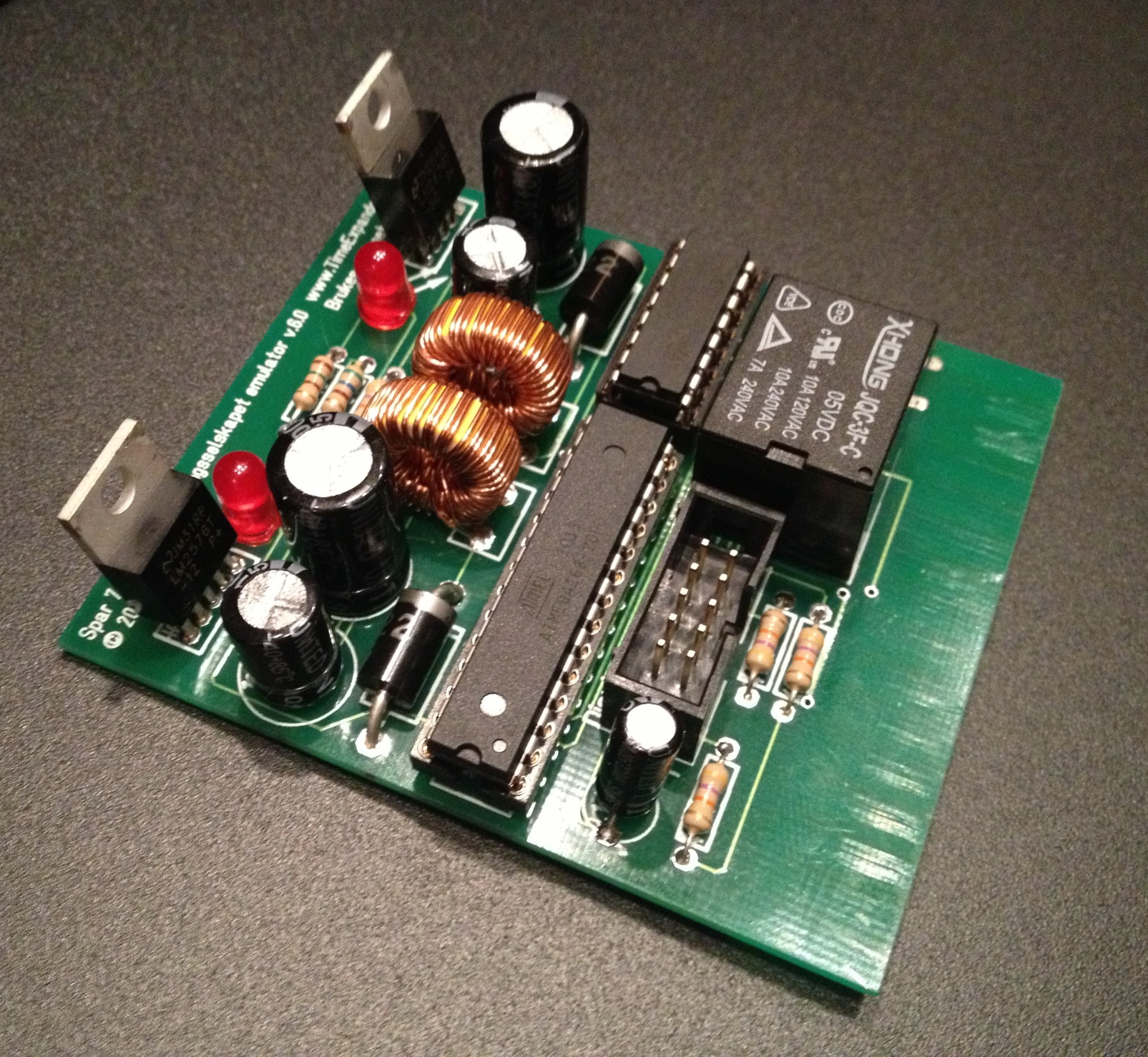
Another TV-B-Gone booster⌗
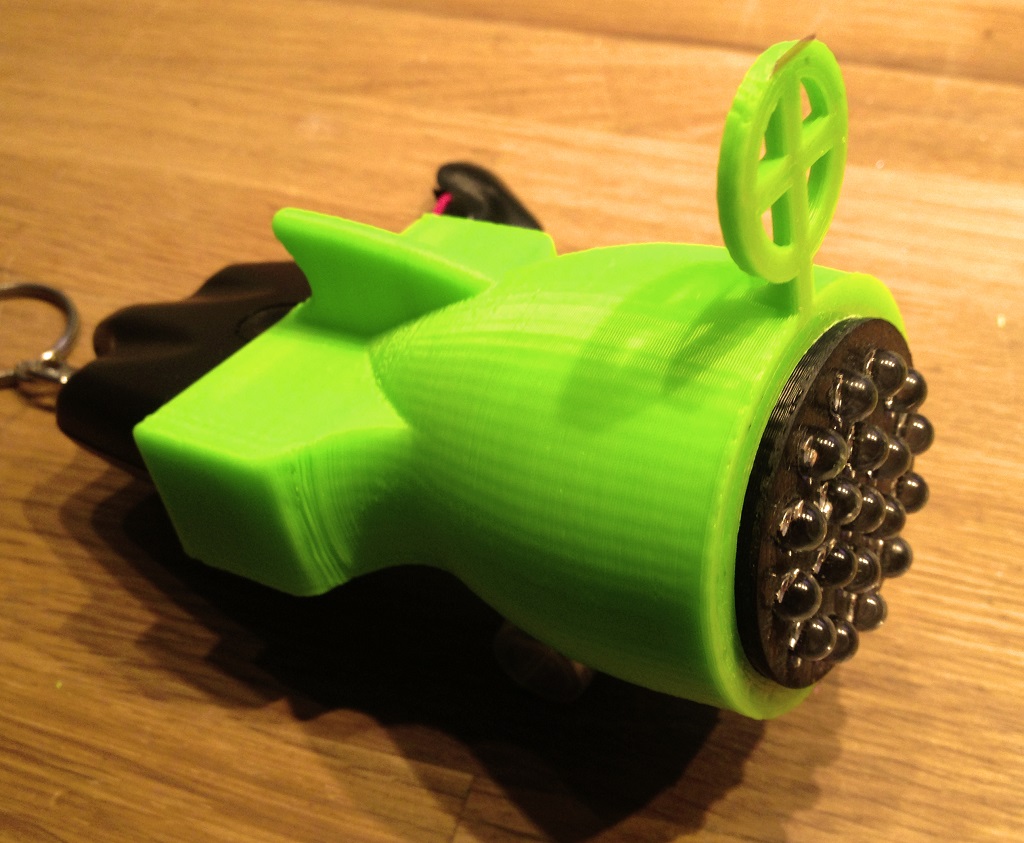
Xenobird 2⌗
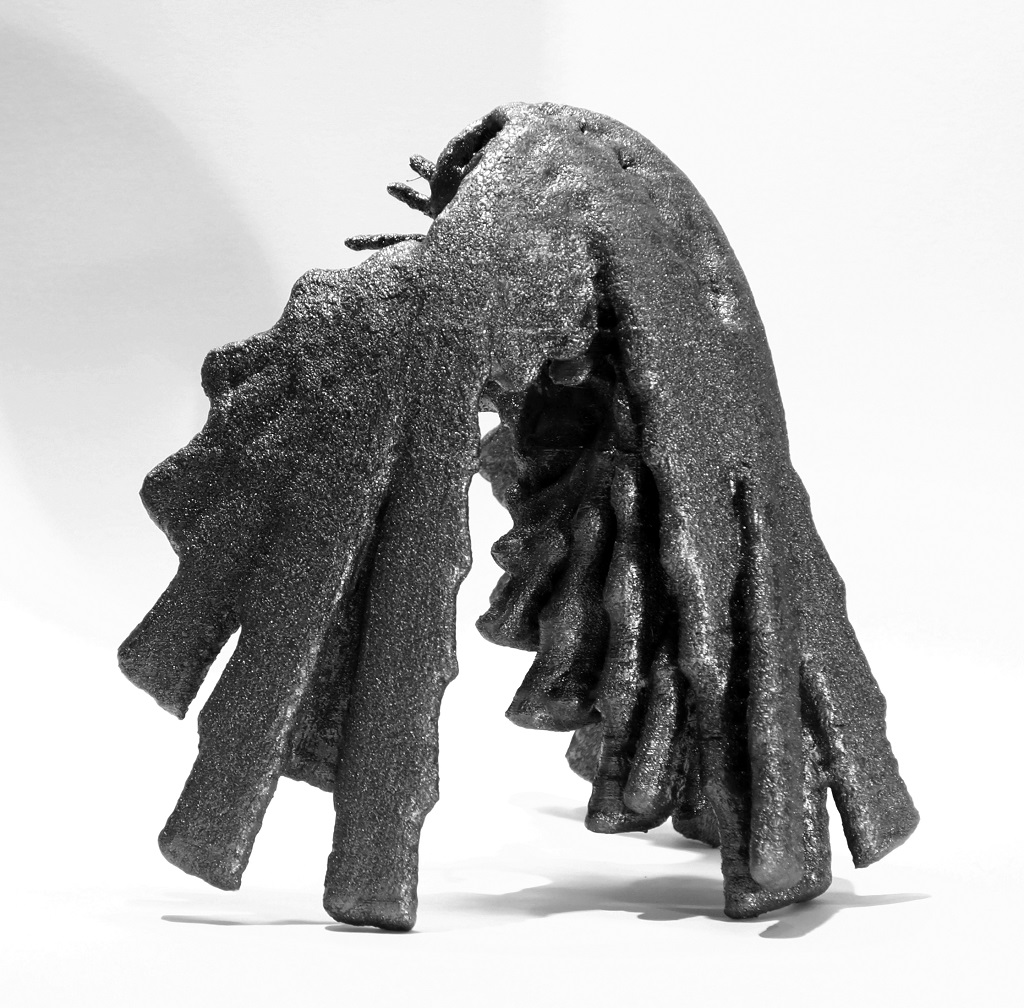
3D printed vacuum pump⌗
This is a 3D printed version of a water jet vacuum pump. It operates on the principle that the combined dynamic and static pressure in the same flow is constant. The theoretic limit for this device is the vapour pressure of water. Strangely enough, this simple device was my biggest hit on Thingiverse (I decided to remove all my designs from Thingiverse in protest against a lawsuit that MakerBot had filed against another company at the time. I left a note indicating the reason why. Thingiverse later decided to censor (“moderate - due to missing STLs”) dissidents.)
I am no longer an active user of Thingiverse, but the ghosts of my early projects still remains there.

Open Source Modular Coil Gun⌗
May 23rd, 2012. My electronics skills are improving. Just finished my multi stage electronic launcher, having put my latest fabrication toy to the test. This device is lethal, but maybe not in the way you would expect from an electric multi stage gun :)
Koi pond 1.0⌗


Fabricating stuff that shouldn’t exist.⌗
3D Printed an algorithmically created object. No humans involved. Designed using (Latham inspired ?) algorithms in Neurosystems’ Substance 3D software suite.
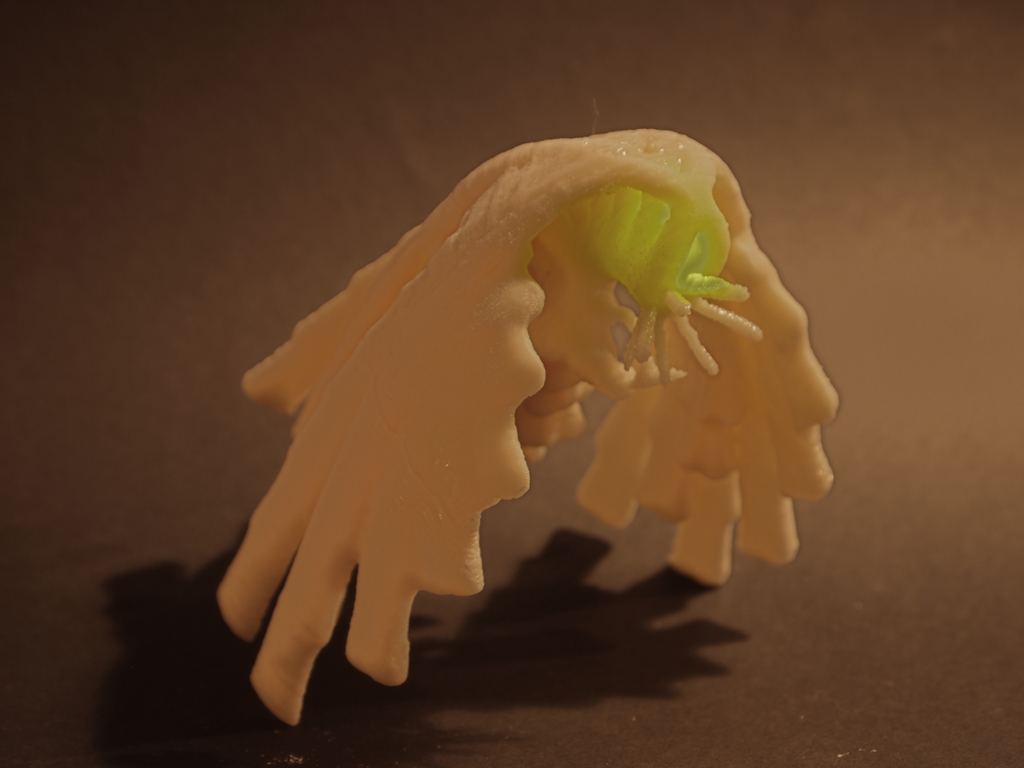
Thing-O-Matic⌗
October 16th, 2011. Spent way too much money on importing a ridiculously expensive plywood-kit from Makerbot. The future is here. Yay.
Pumpkinhead 4.0⌗

Discovered Mandelbulber. Made a video.⌗
August 20th, 2011. Quite proud of this one actually. Had three machines running for several days, rendering the required keyframes before stiching the video together.
Pumpkinhead 3.0⌗

Old School.⌗
Made almond and chocolate covered marzipan cookies today - based on a recipe from Nostradamus. Had a hard time sourcing rose water, but succeeded eventually.
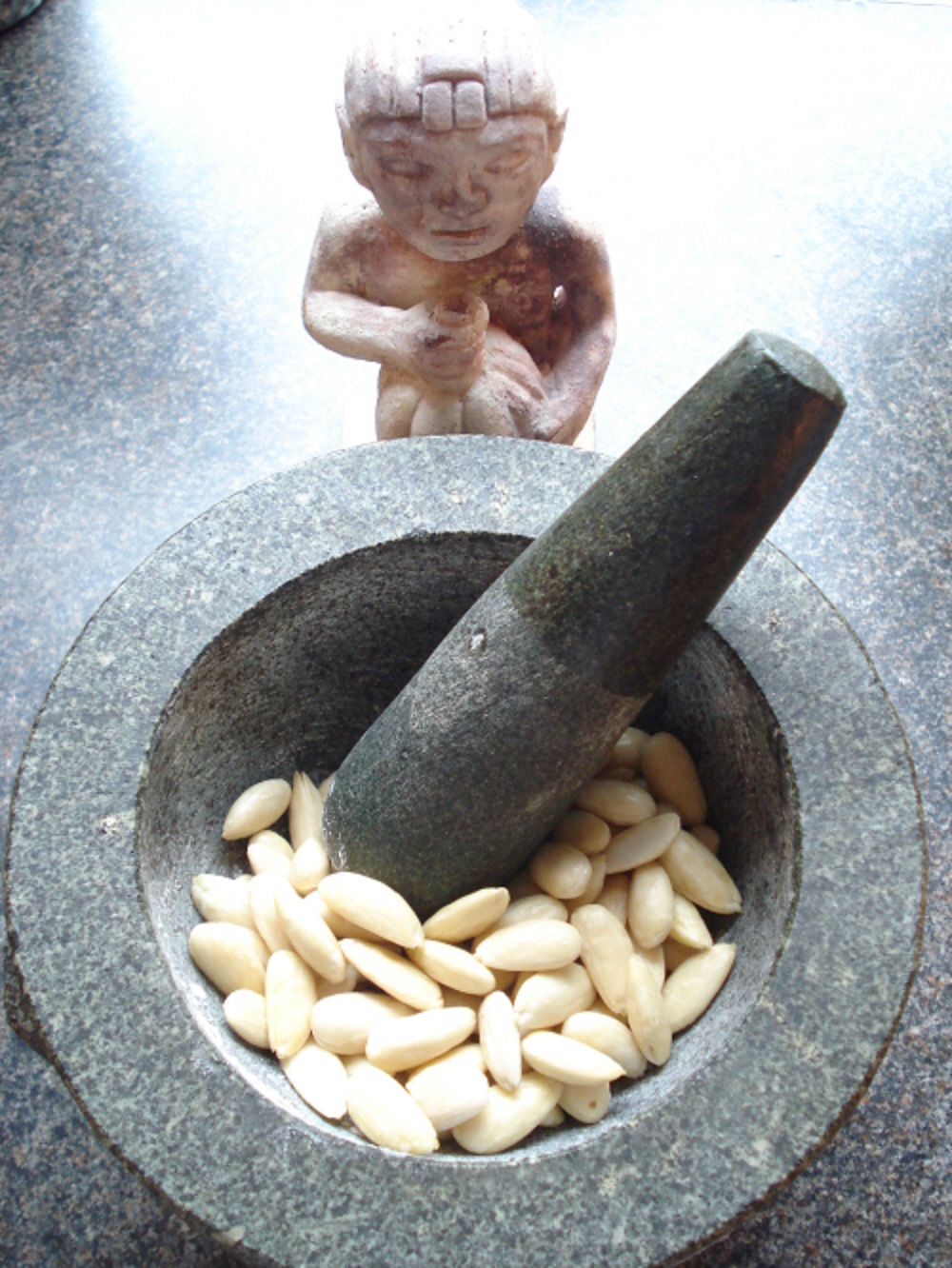

Parametric speakers.⌗
The math behind this made my head hurt. The sound made my ears bleed. At some point molten metal emerged at the mosfet heat sinks. Seriously - I still have a constant ringing in my ears years later.
Machine tweet⌗

Influence machine⌗
Got my hands on an old electrostatic generator, produced in Bergen, Norway by “C.Monsen”. All the sectors were missing and the disks were badly warped. I machined some parts that were missing from “Sustarin C” and created new disks from bakelite sheet. This is probably not the correct material, but it was the most rigid stuff I could find.
After having done some research, I figured out the correct wiring and configuration of the pick up and neutralizer terminals. It is now in working condition and is a big hit with the kids.
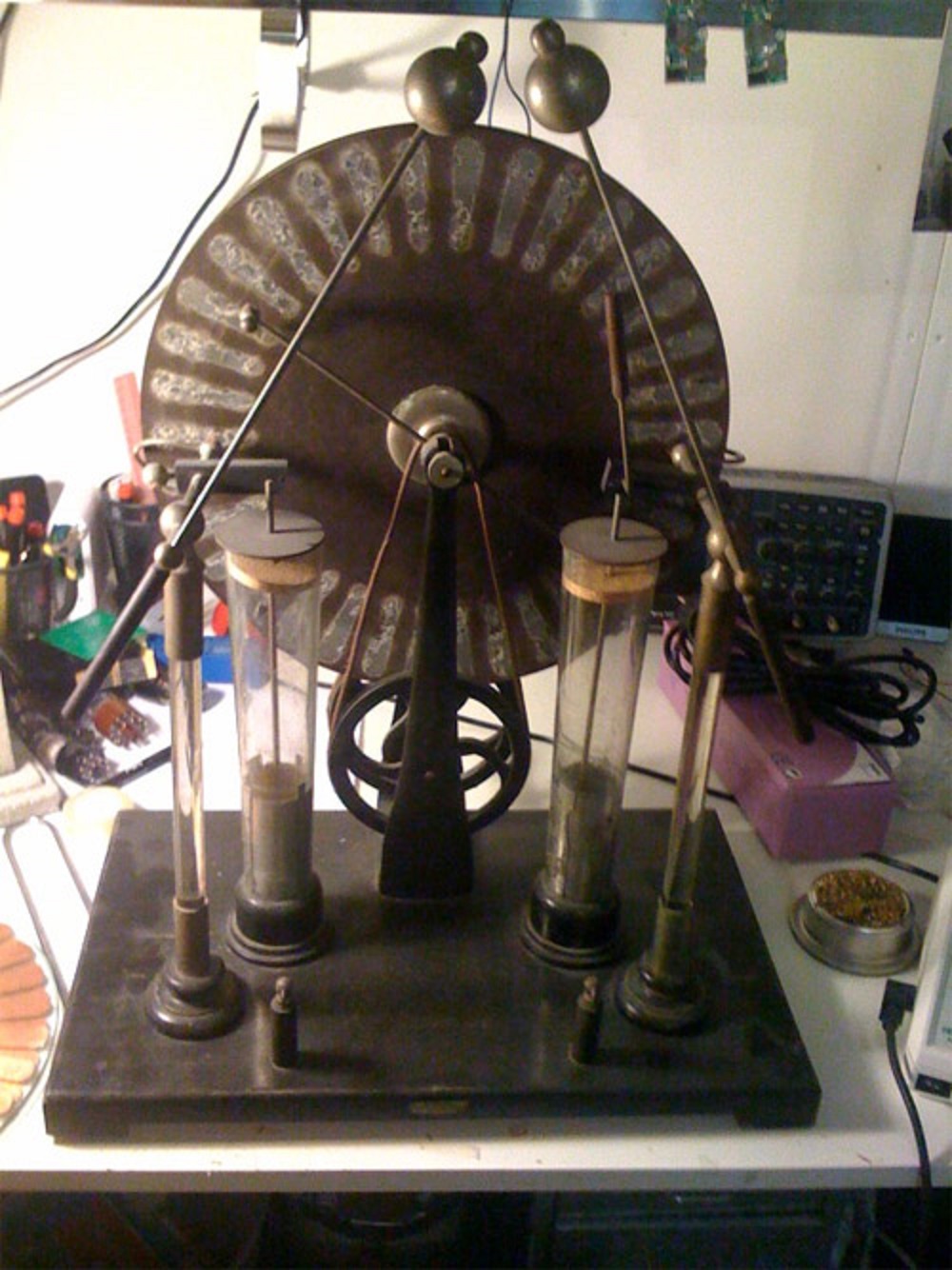
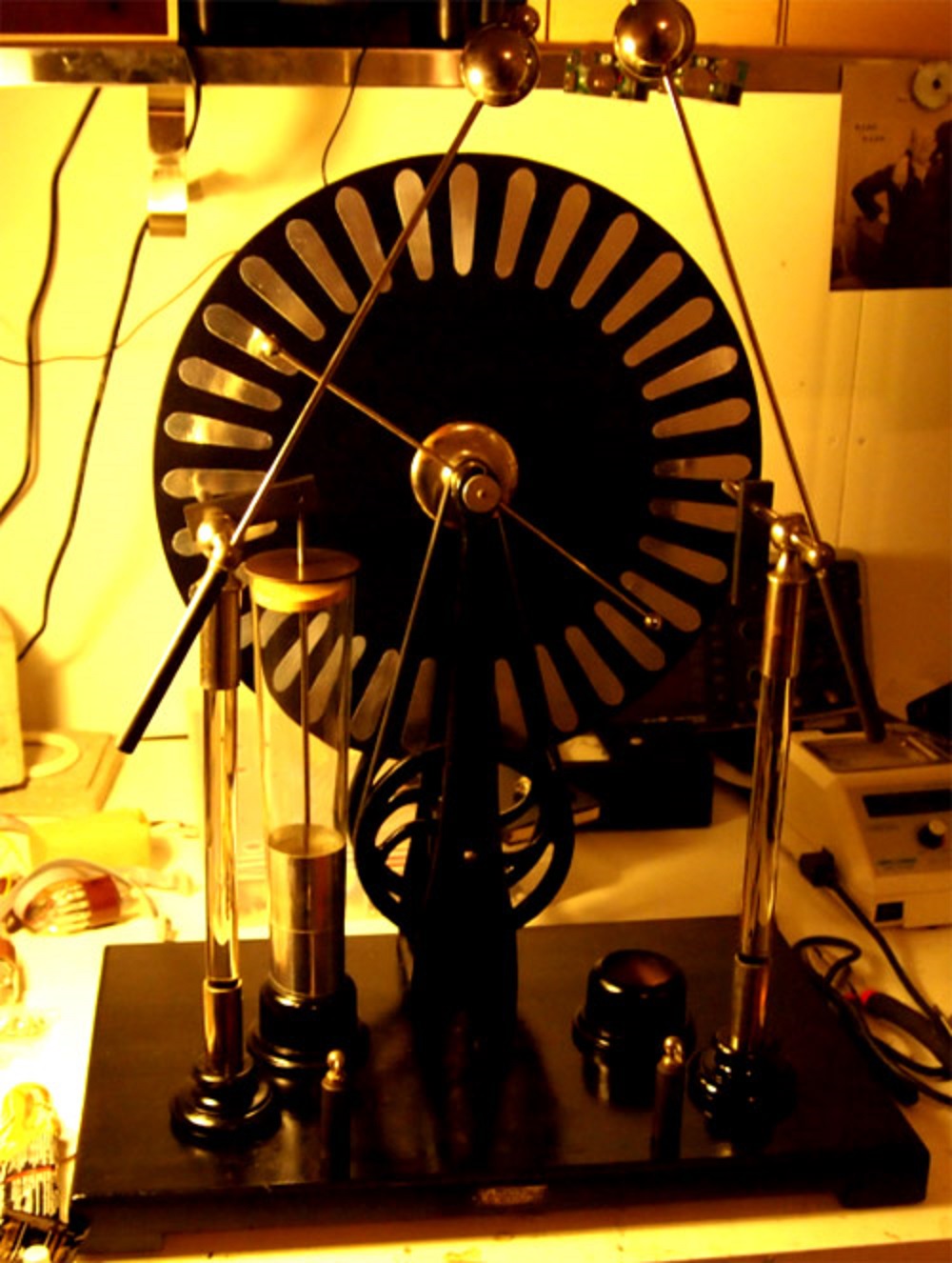
Hand⌗
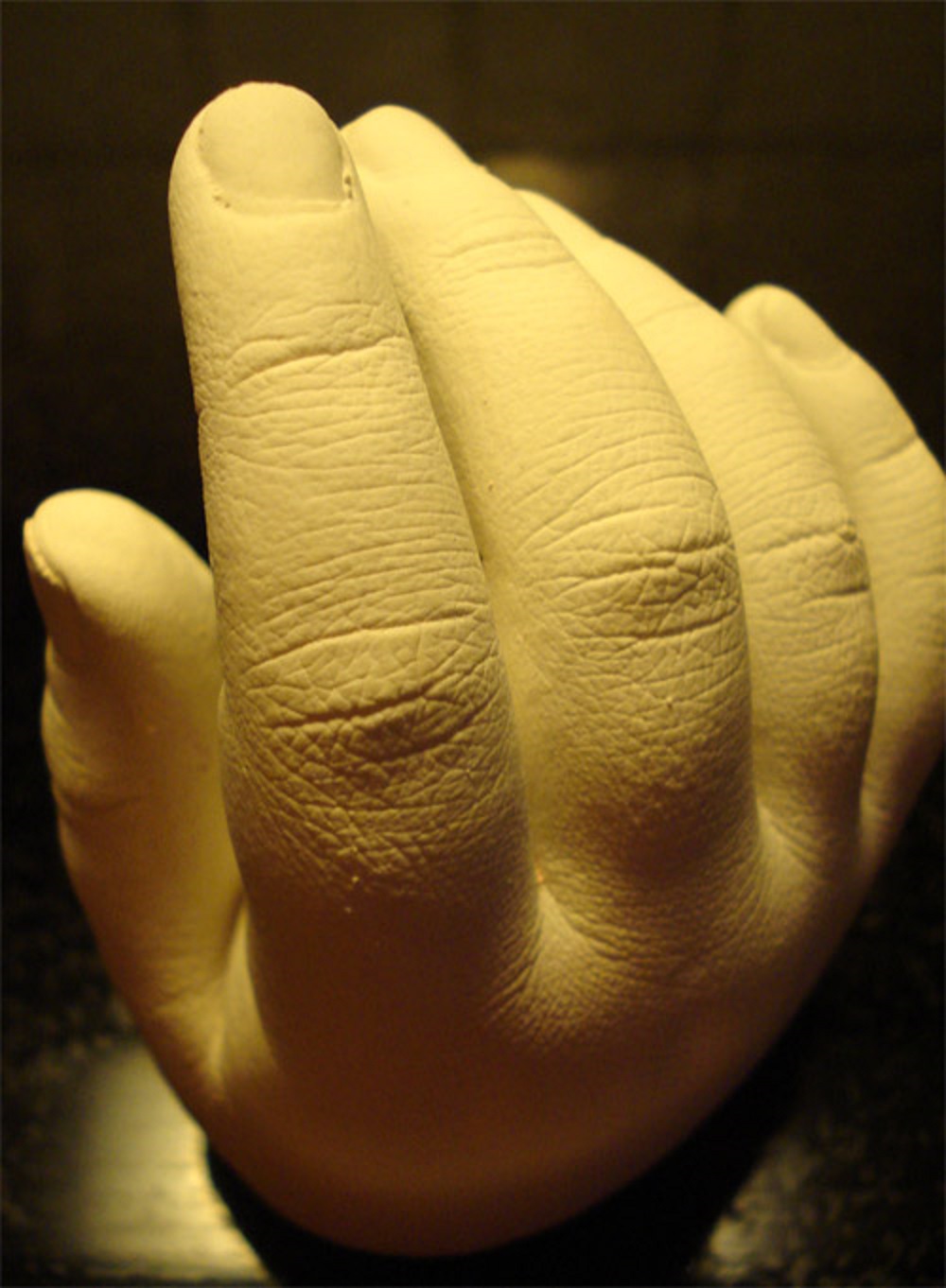
Brutalist inspired nixie clock.⌗
My design goal for this one was something along the lines og “Slightly mysterious WWII bunker salvage”. This project actually made it into the Make Magazine blog (after a friend ratted me out).
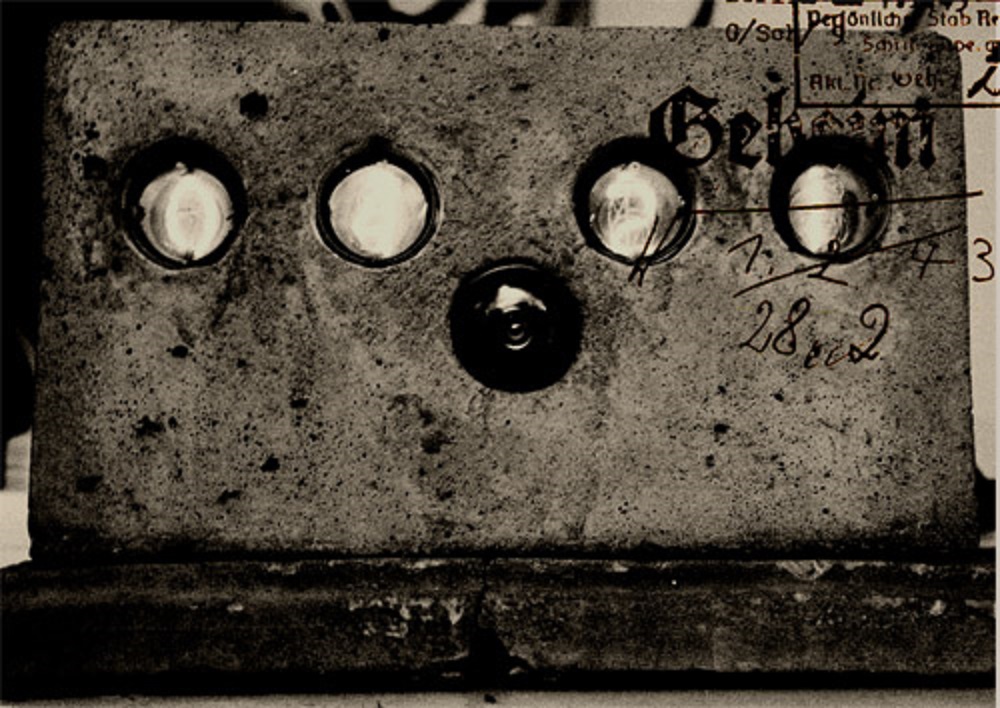
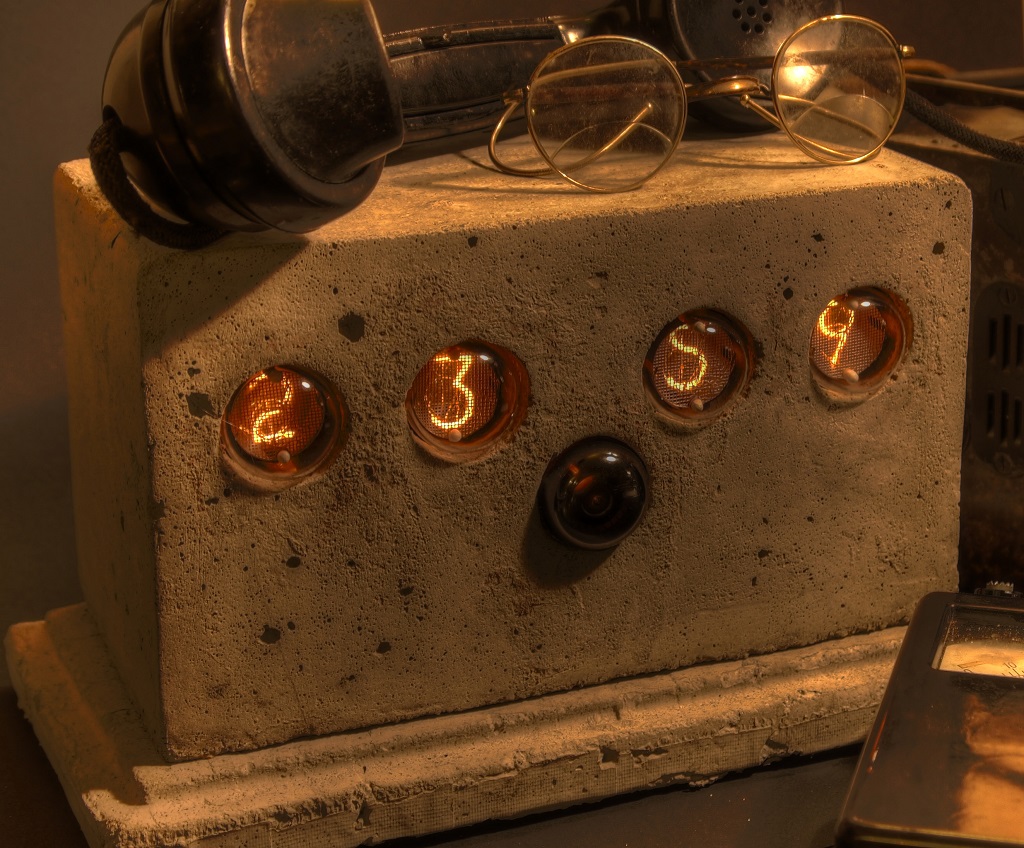
Don’t try this at home - ever!⌗
I was working in the man cave in the basement with a power supply design - without knowing a whole lot about power supply design. This was not only my first attempt at creating a power supply, but a high voltage one (for good measure). I applied power - and then heard a really loud bang. The entire house went dark at the same time. Concerned voices sounded from the floor above.
I hadn’t just blown the circuit breaker - I had blown the main circuit breaker - rated at 50 amps.
As could be expected, I had failed miserably in my attempts at power supply design. On the other hand, I also had discovered that it is possible to do vacuum metal deposition - at one atmosphere of pressure.
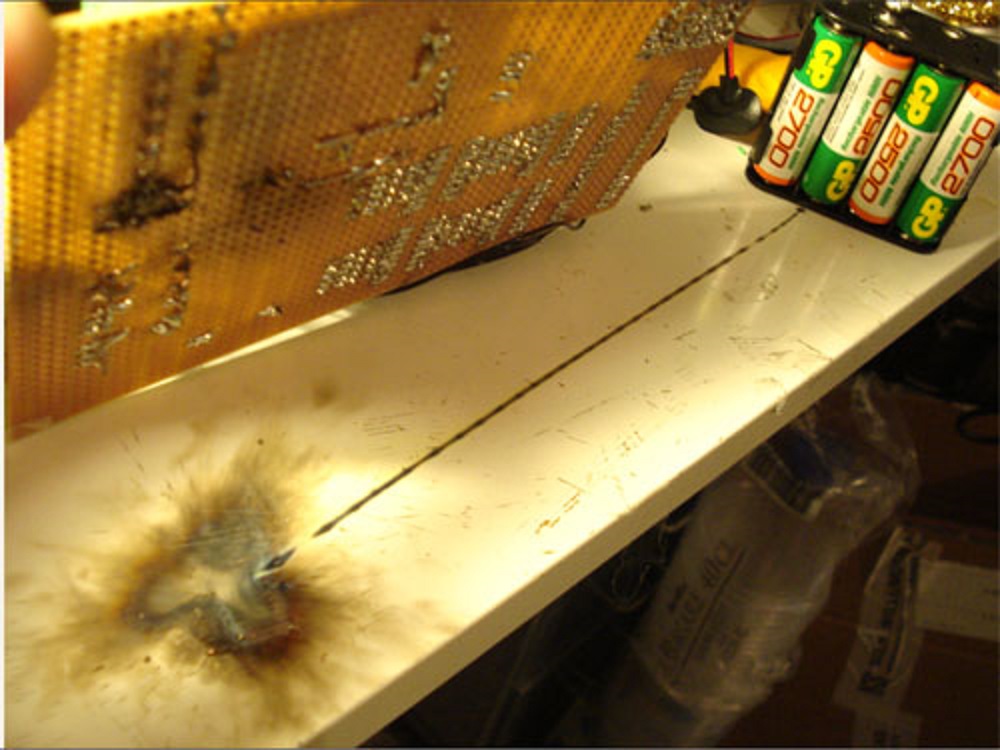
Decatron spinner.⌗
April 18th, 2010. I tried to figure out how the original analog decatron circuitry worked, but gave up. The OG-4 runs on 450V power supply, so I guessed that I could make it spin using three IRF740 mosfets that were controlled by an ATTiny. I sketched out the necessary binary logic table for making the glow jump from pin to pin and made a short program for the AVR that basically just looped through the table controlling the mosfets. Useless, but quite satisfying to look at.
Silicone adventure⌗

Niche electronics 2⌗
February 9th, 2010. This board was intended as a generic replacement board for Pajazzo machines. The project was a really nice excercise in designing circuits and PCBs and also an excuse to get familiar with FreeRTOS and FemtoOS. In the end it turned out to be way to expensive to integrate with the intened machines, mostly because of the huge variation of connectors used in these machines and also the need for multiple interface boards.
Niche electronics⌗
This piece of hardware needs some explaining. A friend bought a few of the quite rare EL-3 Pajazzo machines from - somewhere. These are quite expensive man cave furnishings, so he was quite disappointed to discover that it was impossible to install new coin mechs in them and have it operate at locations where the coins didn’t have a center hole.
In normal scenarios, Arcade amusement game will trust the coin mech, when the mech sends back a “Yay, I just accepted a valid coin” signal to the machine. Not so in this case. The EL-3 has additional hard wired validation designed in. The machine itself (not the coin mech) looks for the presence of a center hole in the coins used. You cannot remove the sensors, because the game won’t start without having recevied two pulses from these. The firmware also checks for the correct timing of these pulses - according to how fast a coin will drop through the mechanism at 1G. This has to be the most paranoid coin game ever designed.
I designed this little board to circumvent the issue. It snaps onto one of the IDC cables in the machine and leeches power from the same cable. Upon receving a valid coin signal from the coin mech, it will inject two pulses back into the cable, simulating the signal that the machine itself would generate if valid coins were inserted.
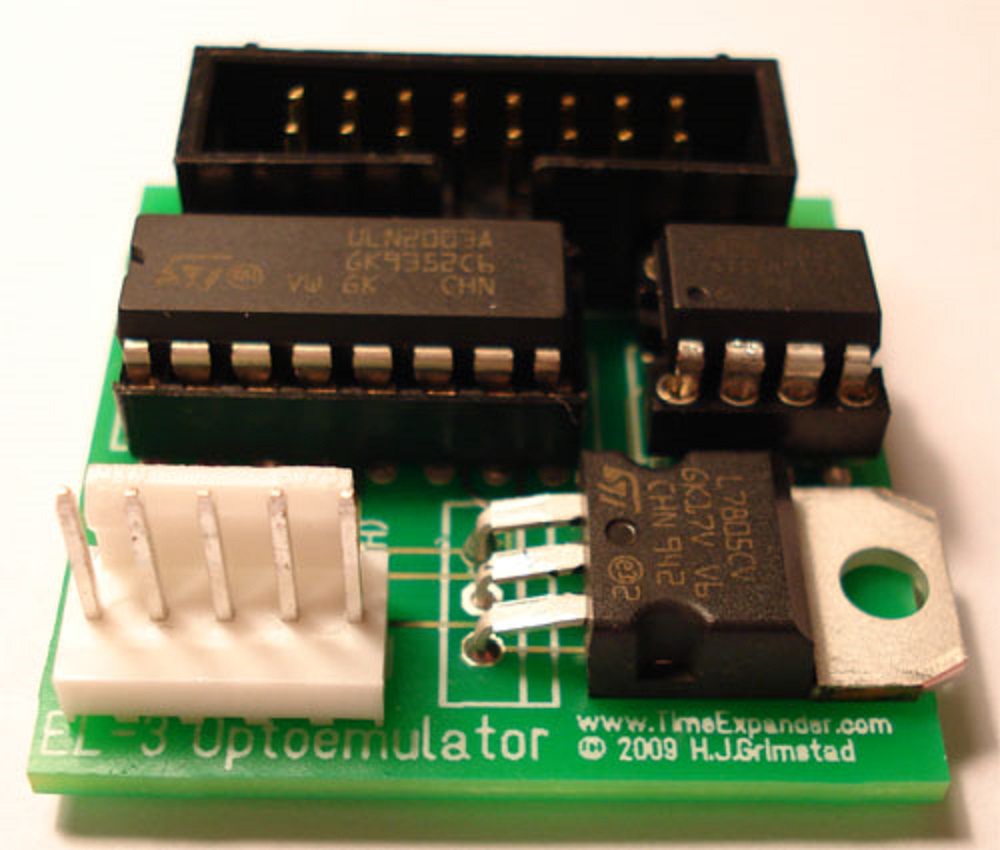
Found some clay⌗

Pumpkinhead 2.0⌗

Monster crab⌗
June 7th, 2009. Assembled one of robots in the excellen Gakken Mechanical Animals series today. The kids were not all that impressed.
Kill all the TVs⌗
The classic TV-B-Gone is equipped with a single 4mW 940nM IR diode. I decided to make a booster - with the range of a small nuke. The light emitted is invisible with the naked eye. Great fun.
Functional⌗
Went on a two day Haskell binge. Implemented the RSA algorithm. Blogged about it on the company intranet. The posting largely got ignored and the code is now lost somewhere in the abyss that is Sharepoint, protected by a company firewall. All that remains is my mandelbrot implementation (for 25 x 81 character displays…)
import Complex
belongs_to z c i
| magnitude z > 100 = ‘X’
| i > 100 = ‘ ‘
| otherwise = belongs_to (z * z + c) c (i+1)
remap (x,y) = belongs_to (0:+0) ((y/25):+(x/25)) 0
wtf = map remap [(x, y) | x <- [-40..40], y <- [-40..40]]
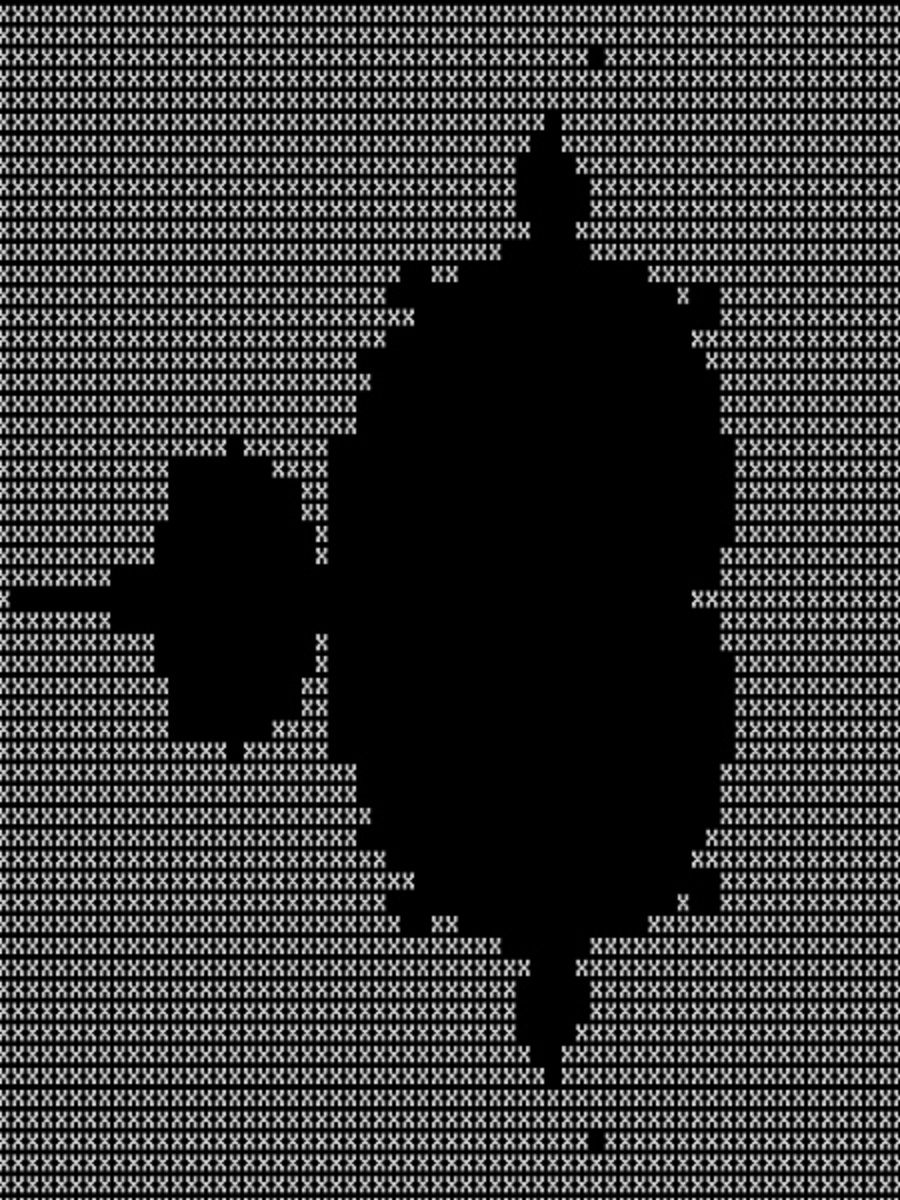
Pumpkinhead 1.0⌗

Interfacing⌗
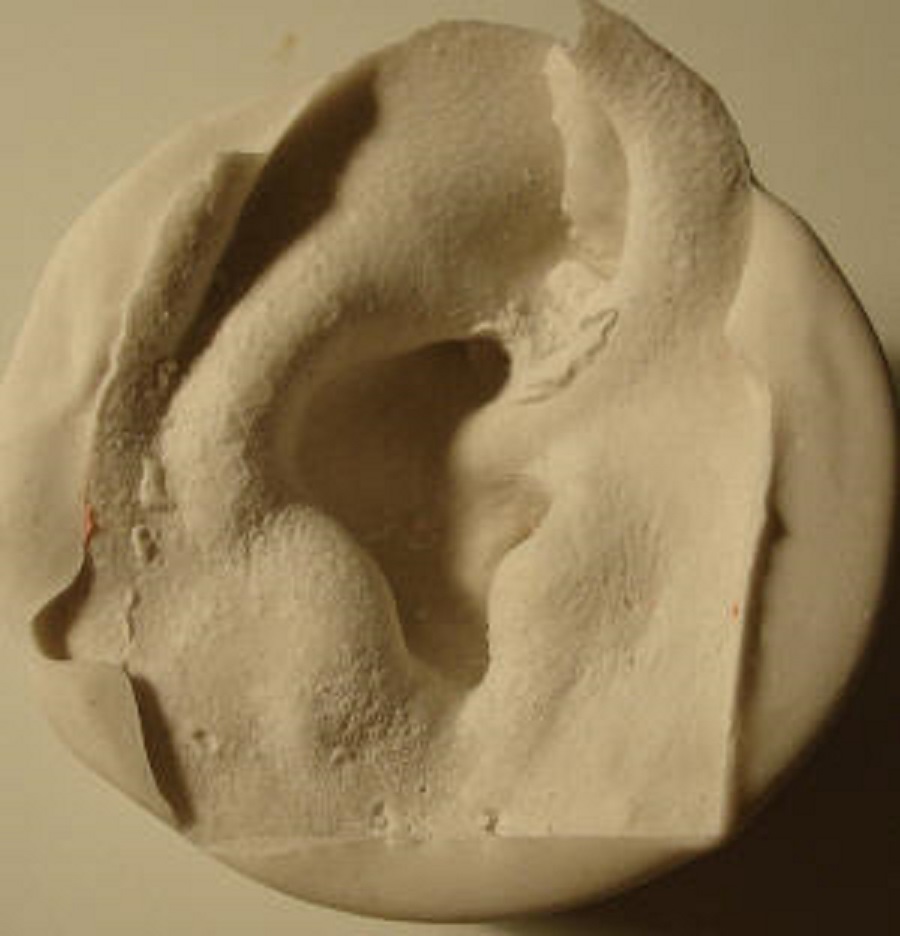
Papercraft⌗
If you plan on building an army of AT-AT walkers as props for your next Star Wars themed office party, I have a recommendation for you. Don’t. This one took two people 7.5 hours to complete - using 14 sheets of A0 paper.
Huge success, of course. Much like the Stonehenge prop in Spinal Tap.
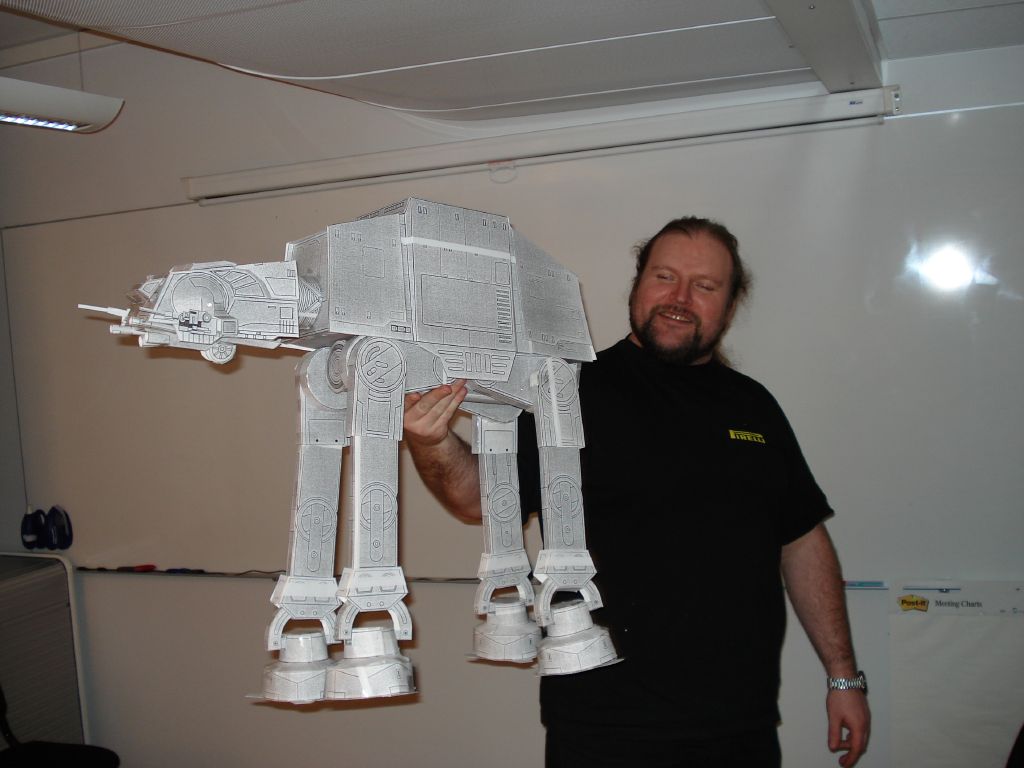
Retrogaming⌗
Found my old cellphone in a drawer. Unusable after they killed of the NMT band, but I really miss it. The battery easily lasted for a full week and it was built like a tank.
I tried to kill it on several occasions at the time - in the hope that I would get the ok from my boss to get a newer model (It wasn’t until years later that I realized what a gem it really was). But, to no avail. It even survived immersion in a pint of beer. The classic Nokia party trick was to throw the phone onto a hard surface - watch it disintegrate - then retrieve all the pieces, reassemble the phone and watch it boot, like nothing had happened. I dare you to try the same stunt with a modern cellphone.
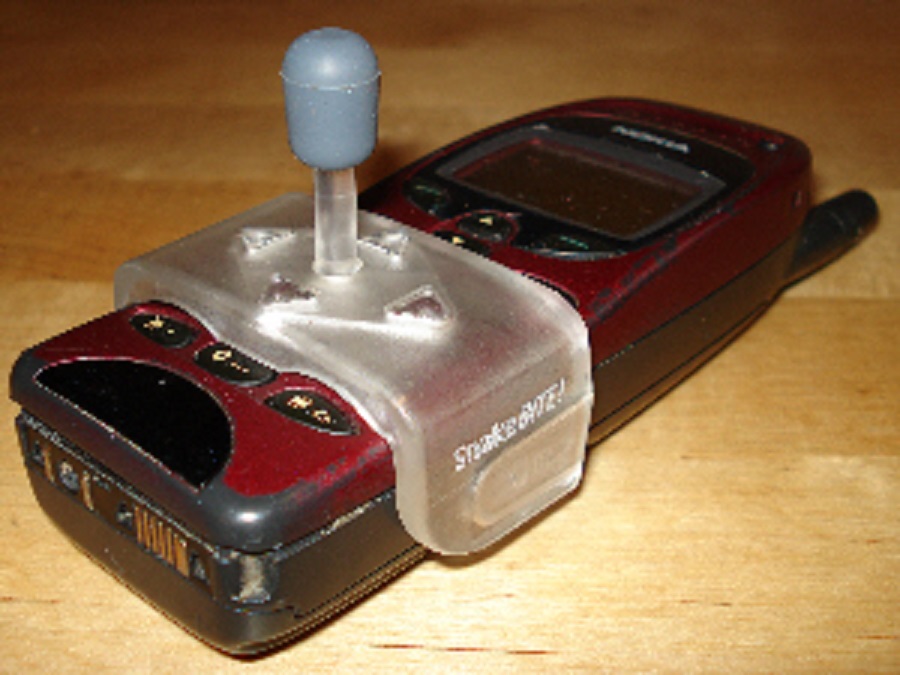
MAME Cab⌗
I was once the proud owner of an Atari Tempest arcade machine, as well as an Atar Battlezone. Unfortunately, I had to let both of them go after having moved to a new house. I have regretted the decision to part with these classic arcade games ever since. Fortunately there is this thing called [MAME] and also this thing that is called MDF. I decided to go ahead and build a MAME cabinet, so that I once again could enjoy my favourite games.
Tempest is probably the best arcade game ever designed, but it is impossible to play without the original spinner control (or a replica).
Made my first PCB. Yay.⌗
Laser transparancy film, Black light bulbs, lye, some obscure peroxide variant and voila !
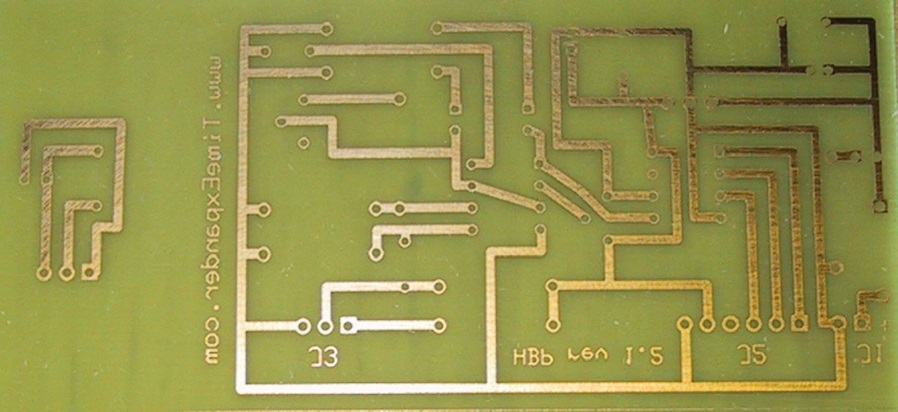
Tesla Coil⌗
This was my first major build - started on August 19th, 2006. I used a modest 9kV/60mA neon transformer as the power supply. This was in turn controlled by decent sized variac. The static spark gap was sourced from Information Unlimited. I had to construct a slow-start circuit to prevent the inrush current to the variac from tripping the circuit breakers in my house. The secondary coil was hand wound on a PVC form (not an excercise that I am going to repeat any time soon). The primary coil was made from several turns of copper tubing that was held in place by manually fabricated acrylic. Initially considered getting my hands on a Maxwell pulse capacitor, but decided on building a MMC bank instead.
The entire assembly weighs in at 32 kilos and is 115cm tall.
I have to apologize for the slightly pretentious (and unlicensed…) use of Carmina Burana as background music. Still haven’t recevied a takedown notice, so I guess it is ok :)
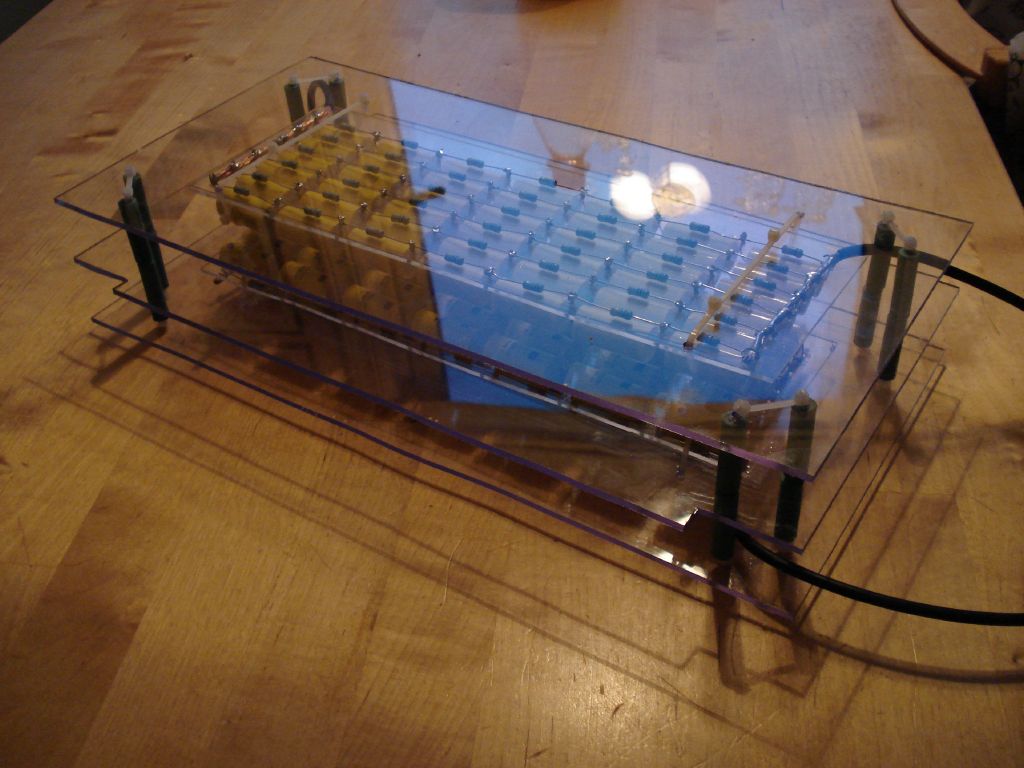
Biofeedback⌗
I had just found a pair of homebrew biofeedback goggles in the basement - and decided to try them on. These were built sometime in the nineties. If I remember correctly they interfaced directly to the Centronics interface on my computer. I was probably reading ‘Mind/Body Integration - Essential Readings in Biofeedback’ at the time (most likely picked up at a thrift store). The only traces of this build is probably rotting away in a usenet archive - somewhere
